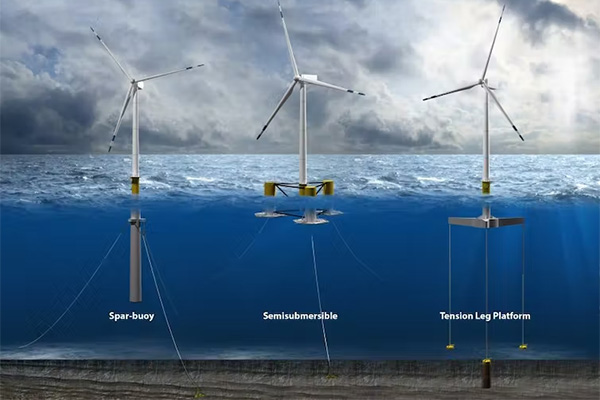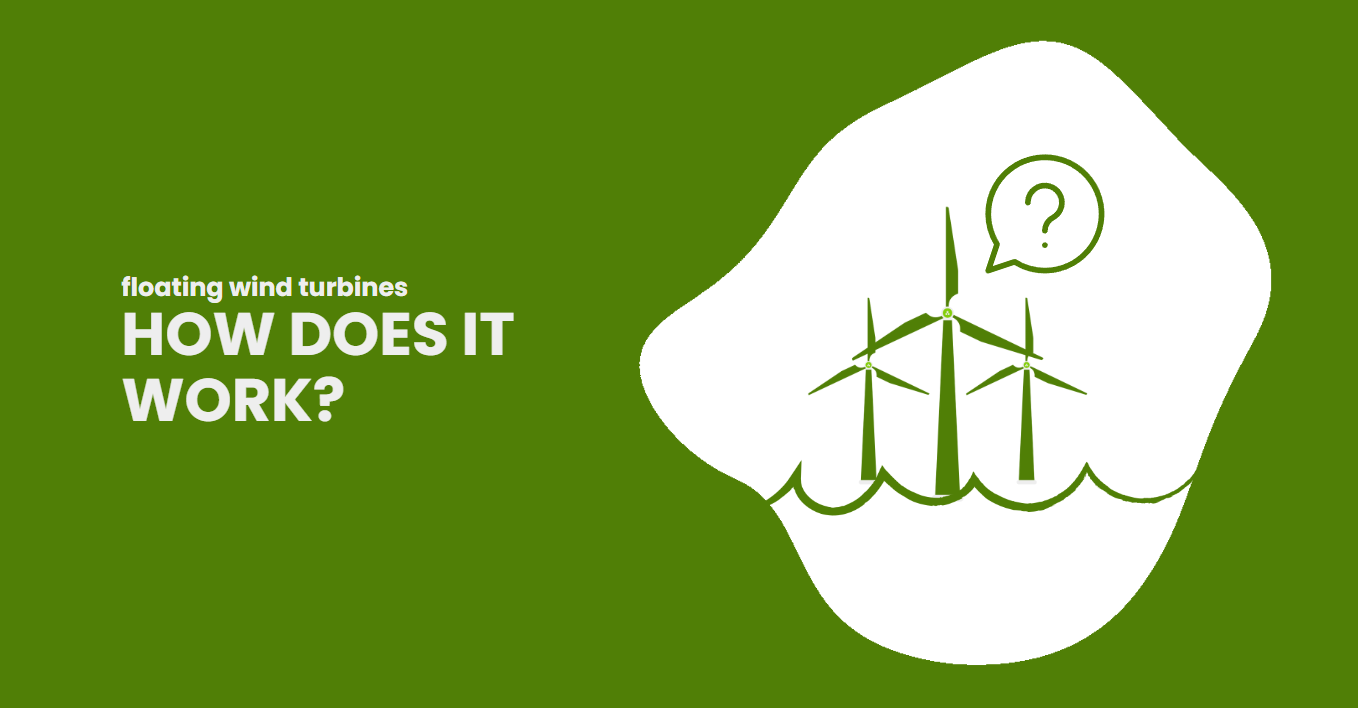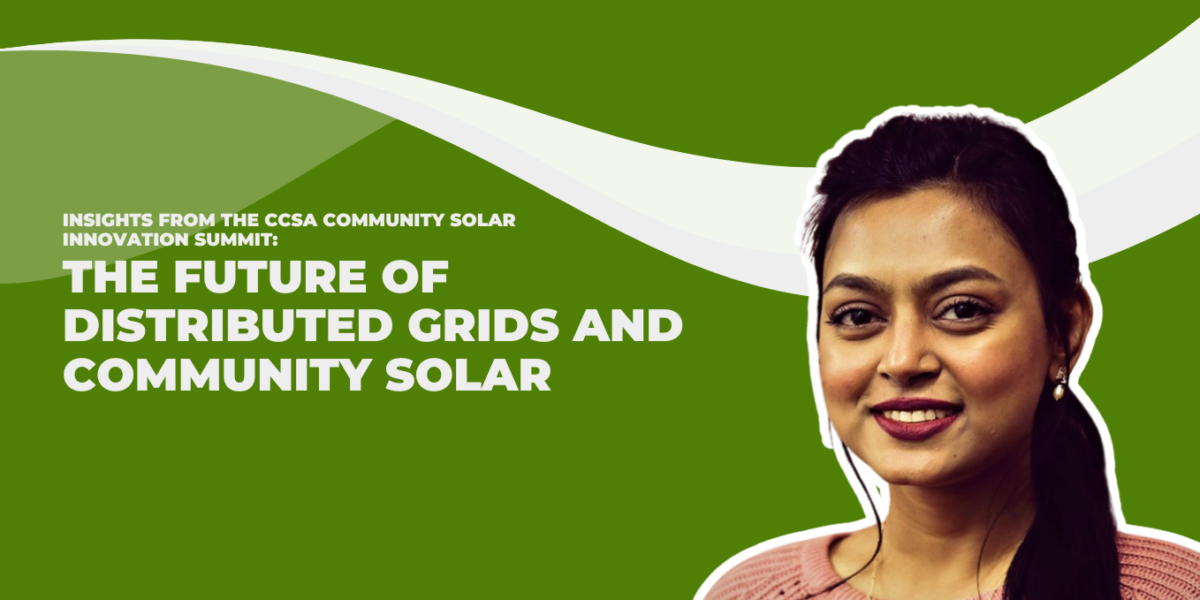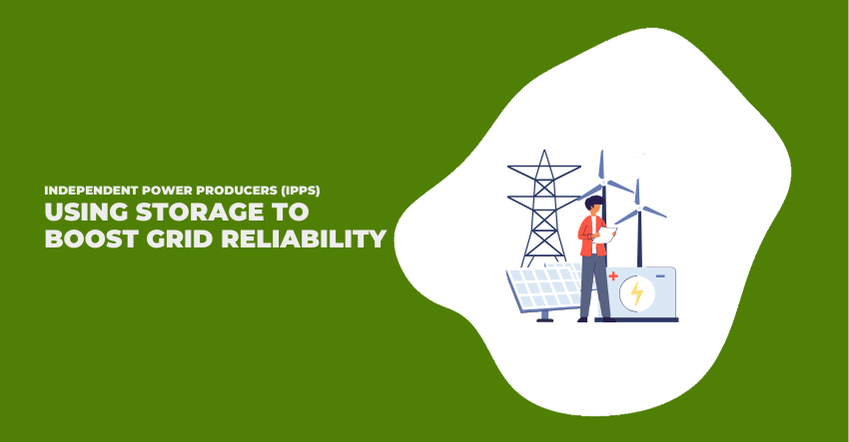Equinor’s Hywind Scotland, the first floating wind farm in the world, started delivering electricity to the Scottish grid in 2017.
But how do these massive structures float on water?
How do they contend with strong currents and stay in place during storms?
First, let’s explore why the need for floating wind turbines exists and the problem this technological breakthrough aims to solve.
With some of the fiercest offshore winds in America, Northern California has tremendous potential to produce clean energy. However, a building challenge exists.
California’s continental shelf drops off quickly, making building traditional wind turbines on the seafloor very expensive, if not impossible.
If the water you intend to build in is more than 200 feet deep, it poses major stability issues for a traditional offshore wind turbine.
From this problem, an innovative solution emerged to capitalize on the massive energy potential, and it’s currently being tested around the world:
Wind turbines that float.
In California, the government has already leased five areas off the Atlantic coast to companies planning on developing floating wind farms.
Let’s take a closer look and discover how floating wind farms work:
In many ways, a floating wind turbine works like other wind turbines.
The generator that creates electricity is driven by the rotor’s turning, which happens as the wind pushes on the blades.
The key difference is instead of the wind turbine’s tower being embedded directly into the ground, or in this case, the seafloor, a floating turbine sits on a platform with mooring lines (that could be chains or ropes) connecting it to the seabed hundreds of feet below.
The mooring lines serve a double purpose.
They keep the wind turbine in place against strong winds and connect it to the cable, sending the electricity generated back to shore.
Interestingly, it’s not the mooring lines that provide the most stability for the floating turbine; the platform helps prevent the turbine from tipping too far one way or the other during strong winds or storms.

Not all platforms are the same. So far, there are three main types of platforms:
A Spar Buoy Platform is cylindrical, long and hollow, and positioned to extend downward from the turbine tower.
This type of platform is capable of floating vertically in deep water. The bottom of the cylinder is weighted with ballast to help lower its center of gravity. A slackline anchor allows it to move with the water in order to avoid damage while keeping it relatively in place. The oil and gas industry has used similar technology for years for their offshore operations.
Semisubmersible platforms have large floating hulls, spread out, surrounding the floating turbine tower. This type is also anchored in place to prevent drifting. Designers have been experimenting with having multiple turbines on one of these hulls!
Tension leg platforms have smaller platforms compared to the semisubmersible option, with taut lines running straight to the floor below. Since this option relies primarily on the mooring lines and anchors for stability, tension leg platforms are lighter and more vulnerable to tsunamis and earthquakes.
How much power can floating wind turbines produce?
They can produce up to 10 megawatts of power, comparable to offshore wind turbines and significantly more than the capacity of a typical onshore wind turbine you see on land.
How will floating wind turbines impact the industry?
Floating wind turbines stand to impact the renewable energy industry in a big way. It’s an untapped market.
Some of the strongest wind resources are far from shore, in spots with hundreds of feet of water below. These locations, like off the West Coast of America, the Great Lakes, the Mediterranean Sea, and off the coast of Japan, are all potential locations where floating wind turbines would be able to make a major impact.
With testing currently underway, we can expect to see more offshore floating wind turbines in the near future.




